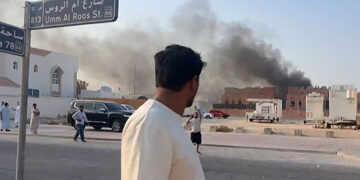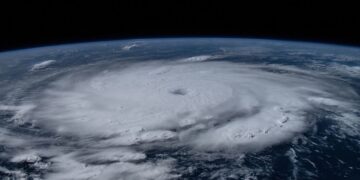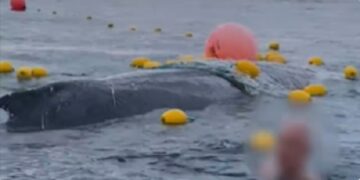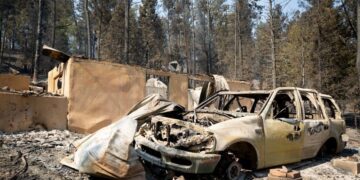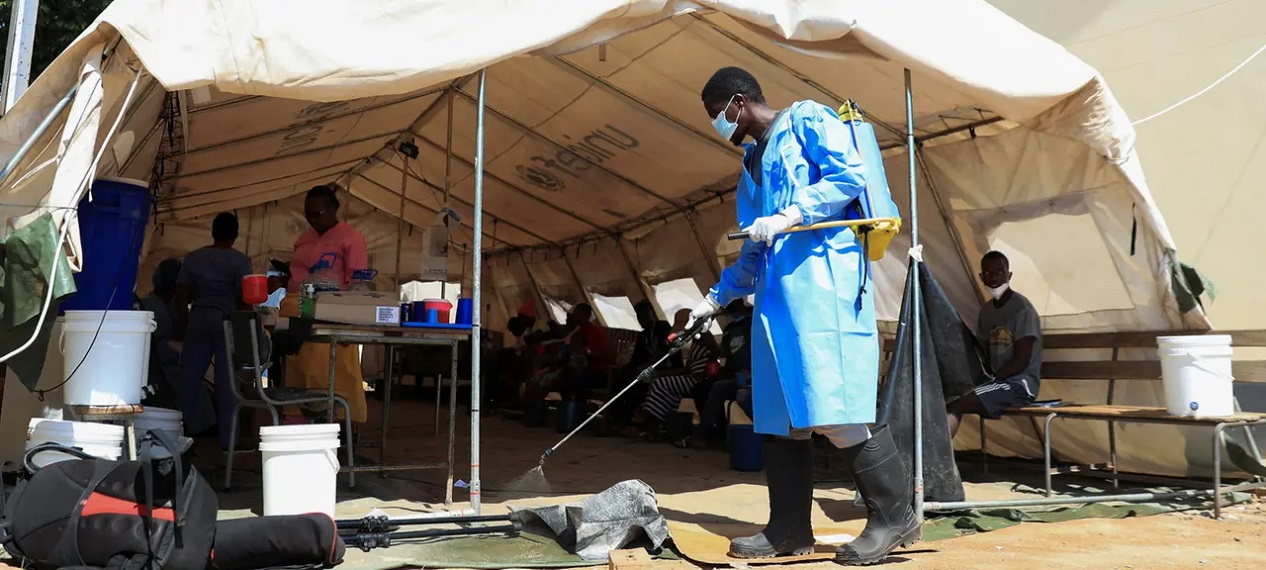Cholera outbreak spreads in Zimbabwe
Zimbabwe is fighting against a cholera outbreak. Since February, over 200 people have died from the highly contagious diarrheal disease, with thousands more infected. Experts suspect even higher numbers. In Kuwadzana, a suburb of Harare, sewage flows between huts. It contains water contaminated with cholera bacteria from burst sewage pipes. Mountains of garbage pile up on the streets. Lucia Rupende, pointing to maggots in the puddles, says this has been going on for months. She doesn’t let her children go outside as a result.
“This is terrible. Are we animals?” she asks. “It is unbearable, the way we live.” The children have to stay indoors and cannot play outside. “We are afraid they will get infected with cholera,” she says.
Days of diarrhea and vomiting
Currently, 40% of the reported cholera cases in the capital city are from the suburb of Kuwadzana. The people living there have little money. Stephen Masvingo makes a living with a barber shop. His tin-and-board salon doesn’t have running water.
He is grateful to have survived cholera. He had diarrhea for three days and was vomiting, he says. “I thought it would pass. But I couldn’t keep anything down.” He felt very weak. “Then my wife got help, and I was immediately taken to the hospital.”
Stephen Masvingo believes he caught the disease from a customer. Sometimes, people simply forget to wash their hands and then they eat or chew their nails.
Sewage mixing with drinking water
Cholera epidemics occur regularly in Zimbabwe, as well as in neighboring countries Mozambique and South Africa, due to deteriorating water and sewage systems. Regina Feindt works for Welthungerhilfe in Harare. She reports that not every household has its own toilet. “And communal toilets are in poor condition. That means people sometimes just go behind the house.”
The next rain will wash it away. This way, the stinking sewage surrounding Lucia Rupende’s hut eventually finds its way into the Chivero reservoir, Harare’s main drinking water storage. Here, too, the presence of coliform bacteria can be detected.
One-third is poorly nourished
The diarrhea bacteria find easy victims in southern Africa. Zimbabwe’s food security situation is already very precarious, with about 30% of the population poorly nourished. In countries like this, “such a disease is a huge problem that ultimately exacerbates hunger.”
So far, the government has reported 9,400 cases of cholera in Zimbabwe. But that is likely just the tip of the iceberg. Many people do not go to the doctor, and some may not have symptoms but still transmit the disease.
Concern about further spread
In mid-November, the head of the city’s health authority declared that the situation in Harare was getting out of control. The government and aid organizations distributed chlorine tablets, soap, and clean water from tankers. But with the rainy season starting now, many fear the situation could become as dire as it was 15 years ago. During the last cholera epidemic in 2008, more than 4,000 people died in Zimbabwe.
In Kuwadzana, street vendors sell fish and meat, swarmed by flies. The government actually wants to ban this to prevent possible infection. A little further away, people queue up at a watering hole. They are only one to two meters deep and open. It is the only water source they have here when no tanker passes by.
“We have only one watering hole for the entire neighborhood,” one man says. A woman reports, “We sometimes wait here for four hours, sometimes six hours.”
No solution without clean water
The health authority in Harare believes that half of these shallow watering holes in the western suburbs are now contaminated with cholera bacteria, as are all deep wells. However, as long as there is no clean water for everyone, cholera will remain a massive problem in Zimbabwe.
Sheila Chimanya, a health officer in Kuwadzana, is trying to educate everyone on how they can protect themselves with hygiene and chlorine tablets for water. “But it is difficult, people here don’t know what else to do.”



